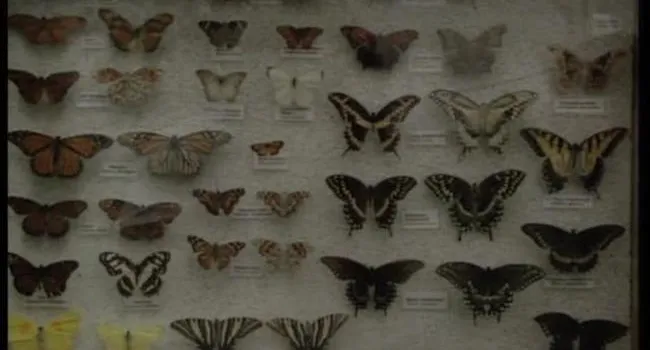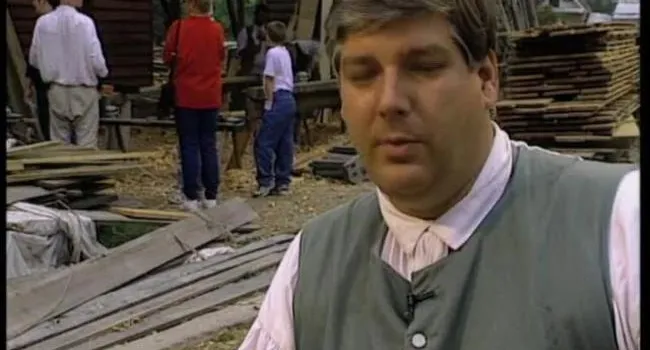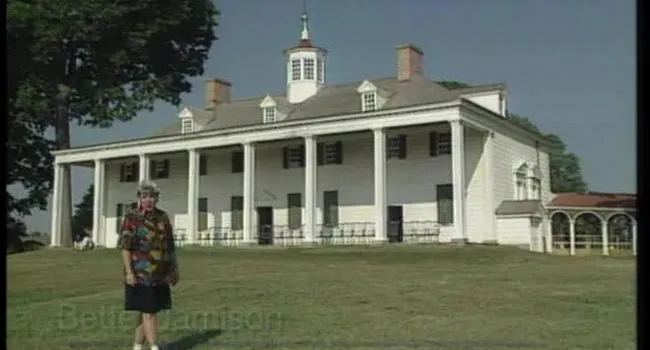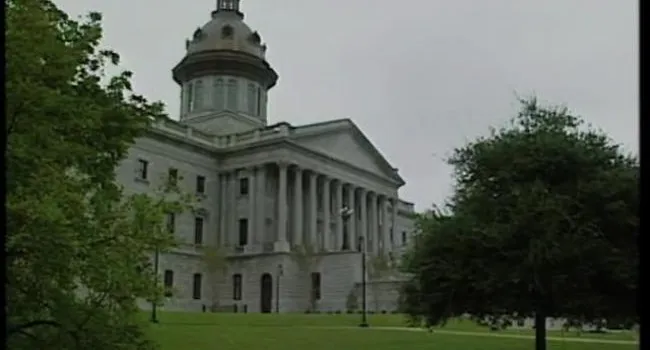Thomas Jefferson’s home, Monticello, is one of America’s treasures. It was here, near Charlottesville, Virginia, where the writer of the Declaration of Independence, the founder of the University of Virginia, and our third president, resided. Jefferson was considered a Renaissance man. His many experiments are evidence of his varied interests. Many people once said that there wasn’t anything that you couldn’t learn from him.
The governor of Virginia and the father of public education could never stay away from his precious home for long. He always felt a need to return to his family, farm, and books. It was said that Jefferson put so much thought into building Monticello that he must have consulted the fine arts in building it.
Visited by more than 500,000 people a year, Monticello is a living monument to Thomas Jefferson. It was built on a peak in the Blue Ridge Mountains once owned by his father. “Monticello,” which is Italian for “Little Mountain,” has many architectural features that exhibit an Italian style. Construction of the house began in 1769. Due to Jefferson’s love of architecture, the house was constantly being modified, so it took a long time to finish. The top story of the three-story house was torn down and the dome was built. The dome and terraces represent the architecture that so inspired Jefferson on one particular five-year visit to France. The hidden work areas beneath the terraces hide an all-weather passageway that once held an icehouse, a carriage house, a wine cellar, and stables.
The director of archaeology at Monticello describes a 1,000-foot, long street called Mulberry Row. This area housed industrial work buildings, including a nailery, carpenter shop, blacksmith shop, joinery (decorative woodwork), smokehouse, dairy, and slave quarters. Behind this area was Jefferson’s 1,000- foot vegetable garden and, beyond that, the cultivated fields. The Monticello plantation was essentially a self-sustaining area. Forty to sixty slaves worked in the Mulberry Row area, and more than 100 more slaves lived and worked in the surrounding fields. Archaeological shovel test pits of the over 2,000-acre plantation revealed an overseer’s house and many slave houses.
Standards
- 3.2.2.ER Identify and analyze the ways people interact with the physical environment in different regions of the state, the country, and the world.
- 4-4 The student will demonstrate an understanding of the beginnings of America as a nation and the establishment of the new government.



































